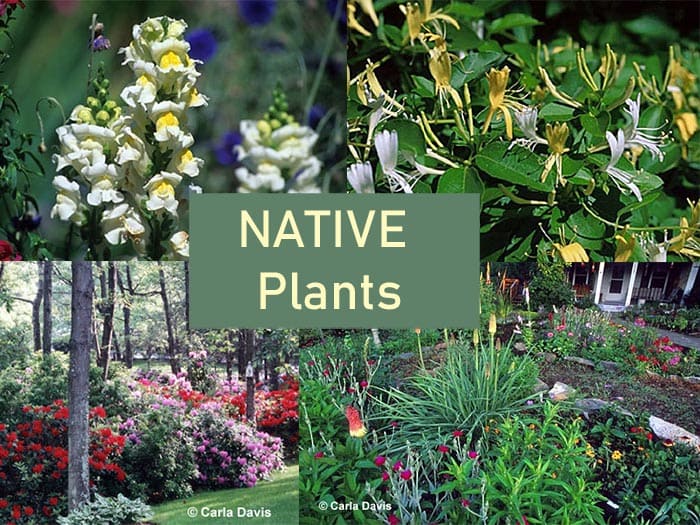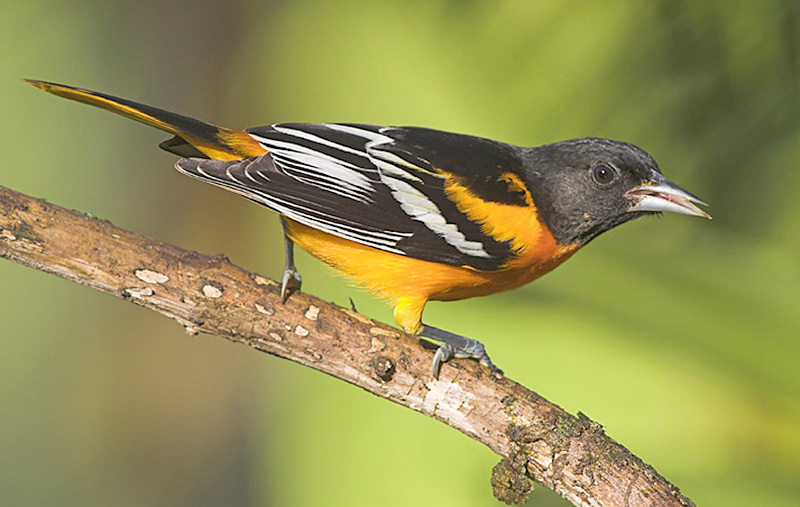
Washington Plants for Wildlife Habitat & Conservation Landscaping
Trees
Tall – White, Douglas, Grand & Noble Fir, Lawson Cypress, Rocky Mountain & Western Juniper, Shore, Lodgepole, White & Ponderosa Pine, Western Red Cedar, Western & Mountain Hemlock
Medium/Small – Douglas, Vine & Big-leaf Maples, Mountain, Red & White Alder, Water & Paper Birch, Black & Columbia Hawthorn, Oregon Ash, Pacific Crabapple, Quaking Aspen, Bitter Cherry, Madrona, Strawberry Tree, Chinquapin, Tan & Canyon Live Oak, Bay Tree
Shrubs
Serviceberry, Bog Birch, Deer Brush, Red-twig Dogwood; Hazelnut, Oceanspray, Twinberry, Osobewrry, Mock- Orange, Ninebark, Bitter Cherry, Chokecherry, Bitterbrush, Wild Azalea, Skunk bush, red-flowering Currant, Wild Gooseberry, Wild Rose, Thimbleberry, Salmonberry, Blue, Red & Black Elderberry, Buffaloberry, Mountain Ash, Hardhack, Birchleaf Spirea, Red & Black Huckleberry
Wildflowers
Native Yarrow, Pearly Everlasting, Columbine, Seathrift, Goat’s Beard, Pacific & Douglas Aster, Balsamroot, Bleeding Heart, Fireweed, Buckwheat, Blanket Flower, Cora Bells, Russell, Bigleaf & Silky Lupine, Skunk Cabbage, Cardwell’s, Davidson’s & Coast Penstemon, Lance-leaf & Broad-leaved Stonecrop, Fall Sedum,Solomn’s Seal, Canada Goldenrod

The Baltimore Oriole is a bird that is common in Washington.
Groundcovers
Kinnikinnik, Bunchberry, Wild Strawberry, Wintergreen, Common Juniper, Dwarf Oregon Grape, Trailing Raspberry, Trailing Blackberry
Vines
Evergreen, Small-flowered, Wild & Traveler’s Joy Clematis; Brown’s, Trumpet, Hairy & Gold Flame Honeysuckle; Garden & Wild Grape
Grasses
Wheatgrass, Sloughgrass, Sedge, Tufted Hairgrass, Creeping Spike-rush, Wildrye, California, Idaho & Red Fescus, Tall Mannagrass, Soft Rush, Bulrush, Cattail
Washington, the only state named after a president, is located in the northwestern part of the contiguous 48 states on the Pacific Ocean. The Evergreen State, the 18th largest state in the union, can be divided into six geographic land areas; the Olympic Mountains, the Coast Range, the Puget Sound Lowlands, the Casecade Mountains, the Columbia Plateau, and the Rocky Mountains. The Washington Native Plant Society can provide lists of plants for a specific region.
For more information on improving your wildlife habitat, visit the WindStar Wildlife Institute web site. On the web site, you can also apply to certify your property as a wildlife habitat, register for the “Certified Wildlife Habitat Naturalist e-Learning course, become a member and sign up for the FREE WindStar Wildlife Garden Weekly e-mail newsletter.

